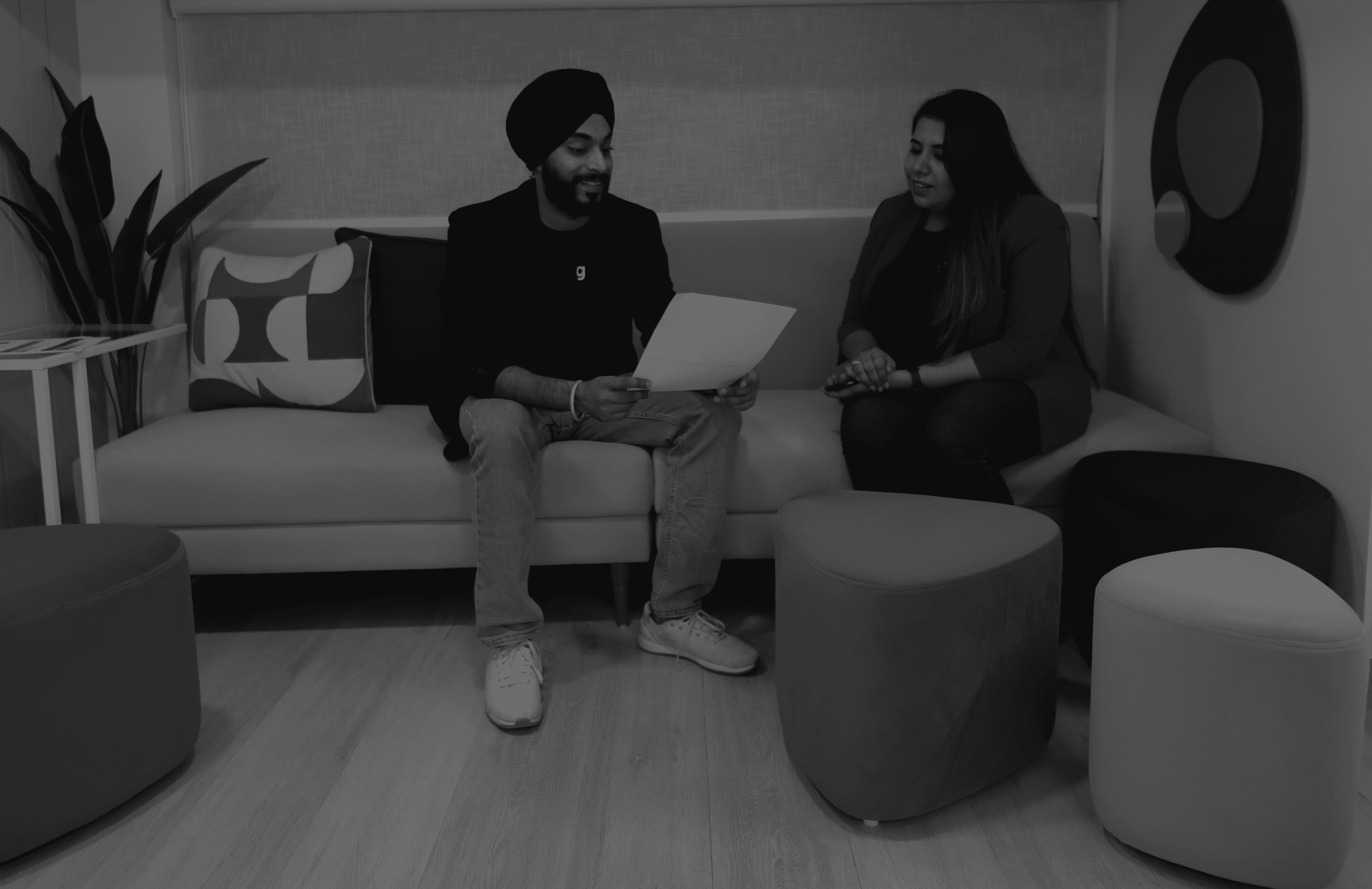As the digital world keeps evolving, UI/UX design is taking center stage in driving user engagement, loyalty, and satisfaction. Businesses aiming to stay ahead need cutting-edge user experience design trends to create memorable user journeys.
Major innovations shaping the future of UI/UX in 2025
1. Personalized User Journeys

AI-driven personalization is revolutionizing user experiences. Platforms now analyze real-time data to predict user needs and preferences, delivering highly tailored interfaces that feel intuitive and engaging. Apps automatically suggest your next action while websites adapt their layout to match your browsing habits. Personalized design has evolved from luxury to standard practice for user retention and satisfaction in the realm of 2025 ui ux design trends.
2. Immersive Technologies

Augmented Reality (AR), Virtual Reality (VR), and Mixed Reality (MR) are redefining interactivity in digital spaces. Virtual shopping environments where customers "try" products before buying and VR training modules in education and corporate settings make experiences more engaging and multisensory. UI/UX designers now craft intuitive interfaces that blur the line between physical and digital worlds, representing one of the most significant ui trends 2025.
3. Voice and Gesture-Based Interfaces

Smart devices and wearables continue becoming ubiquitous, making Voice User Interfaces (VUIs) and gesture controls essential components of modern design. Users perform tasks faster and more naturally through these intuitive interaction methods. Controlling a smart home device with voice commands or navigating a smartwatch with gestures demonstrates how voice and gesture-driven UI is shaping effortless user experiences as part of evolving ux trends 2025.
4. Neuro-Responsive Interfaces

Neuro-responsive design approaches reality in practical applications despite sounding like science fiction. Interfaces now adapt based on users' cognitive and emotional states, enhancing experiences in gaming, mental health, and customized content delivery. Current development stages show incredible potential for creating truly personalized digital experiences within the latest trends in ui ux design.
5. Ethical and Sustainable Design

During an era of heightened environmental and data privacy concerns, ethical UI/UX design has become a major focus for forward-thinking brands. Sustainable practices, transparent data collection, and privacy-first designs set companies apart from competitors. Prioritizing eco-friendly UI solutions, such as energy-efficient themes or low-bandwidth interfaces, not only helps the planet but also boosts brand reputation among increasingly conscious consumers.
6. AI-Driven Design Tools

AI now handles repetitive design tasks, allowing designers to focus on strategic creative work. Professional AI design tools generate prototypes, provide real-time design feedback, and automate workflows, accelerating the entire process. Game-changing capabilities particularly benefit teams working under tight deadlines or experimenting with new ideas, representing a fundamental shift in how designers approach their craft.
7. Minimalistic Yet Functional Designs

Simplicity remains timeless, but 2025 emphasizes functional minimalism across digital products. Clean, distraction-free interfaces paired with intuitive navigation take precedence in effective design systems. Modern designers focus on creating interfaces that not only look aesthetically pleasing but also serve clear purposes, improving user accessibility and overall experience.
8. Cross-Platform Consistency

Users seamlessly switch between devices throughout their digital journey, making consistent UI/UX across platforms crucial for brand identity and user satisfaction. Mobile apps to desktop sites require responsive, adaptive designs as a top priority for successful implementations. Fluid experiences that feel natural regardless of screen size or device type remain the ultimate goal for cross-platform design.
9. Inclusive Design Principles

Accessibility has evolved from optional consideration to essential practice in modern UI/UX design. Designers now emphasize inclusive approaches with high-contrast visuals, scalable text, and adaptive layouts catering to users with diverse needs and abilities. Designing for inclusivity not only enhances usability but also broadens audience reach, reflecting the industry's growing commitment to serving all users equally.
Staying ahead of user experience design trends for 2025 allows designers and businesses to create experiences that are not just visually stunning but also highly functional and user-centered.
Successfully incorporating immersive technologies, promoting ethical practices, and ensuring inclusivity—all while adapting to evolving user needs—will define the future of effective UI/UX.
Need help with UI/UX design? Let’s Talk.
FAQ
What are design trends for 2025?
Design trends for 2025 include bento box layouts for organized content presentation, AI-driven personalization that adapts interfaces to individual preferences, immersive 3D elements that create depth and engagement, ethical design practices focusing on sustainability and privacy, and voice-activated interfaces that simplify user interactions. Designers are increasingly prioritizing accessibility while balancing aesthetic appeal with functional purpose.
What is trending in UI 2025?
The most prominent UI trends 2025 include big typography as a central visual element, modern skeuomorphism that brings realistic textures back to interfaces, bento grids for organized information display, creative motion design for dynamic visual storytelling, and metal shader effects for premium-looking interfaces.
Interactive 3D objects and emoticon integration are also gaining popularity as designers seek to create more engaging and emotionally resonant experiences.
What is the future of UX in 2025?
The future of UX in 2025 centers around hyper-personalization driven by AI and machine learning, creating unique experiences for each user.
Designers are embracing proactive UX that anticipates user needs before they're expressed, multi-sensory interactions incorporating touch and sound feedback, and ambient personalization that adapts subtly based on context.
UX will increasingly focus on creating emotional connections between users and digital products while ensuring inclusivity and ethical data practices become standard considerations.




